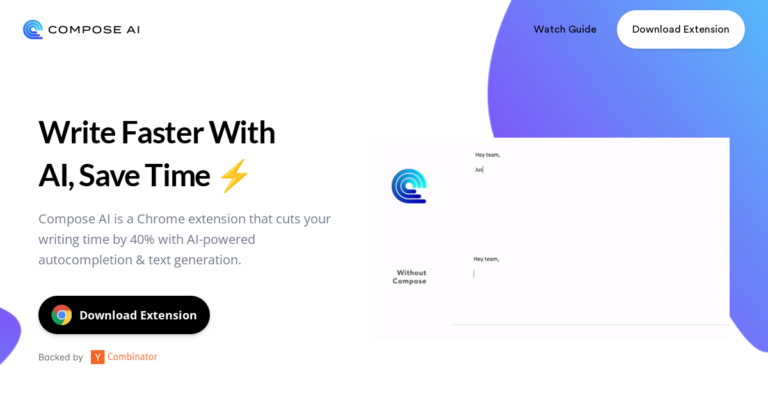Summary:
Artificial intelligence has come a long way in recent years, and one of the most exciting developments has been the development of GPT, or Generative Pre-trained Transformer. This language generation model has already revolutionized the way we interact with text, and there is no telling what other capabilities it may have in the future.
Table of Contents:
– Introduction
– What is GPT?
– How Does GPT Work?
– Applications of GPT
– GPT’s Limitations
– Conclusion
Introduction:
In recent years, artificial intelligence has revolutionized the way we live our lives, from self-driving cars to personalized recommendations on streaming platforms. One of the most exciting developments in this field has been the creation of Generative Pre-trained Transformers, or GPTs. These language generation models have already proven to be surprisingly capable, and the possibilities for their future use are endless.
What is GPT?
GPT is a type of artificial intelligence that is capable of generating human-like text. It is a machine learning model that has been trained on massive amounts of text data, allowing it to understand and replicate the patterns and structures of human language. The most famous GPT model is GPT-3, which was developed by OpenAI and released in 2020.
How Does GPT Work?
GPT works by using a neural network to analyze and understand patterns in text. It is trained on a massive dataset of text, such as Wikipedia or the entire internet, and is then able to generate new text based on that training. GPT-3, for example, has been trained on over 570GB of text data, allowing it to generate incredibly complex and nuanced responses to prompts.
Applications of GPT:
GPT has already been used in a variety of applications, from chatbots to content generation. One of the most impressive applications of GPT has been in the field of natural language processing, where it has been used to improve the accuracy of voice recognition software. GPT has also been used to generate text for news articles, social media posts, and even entire books.
GPT’s Limitations:
While GPT is an incredibly powerful tool, it does have its limitations. One of the biggest limitations is its tendency to generate biased or offensive content. Because GPT is trained on existing text data, it can perpetuate biases and stereotypes that exist in that data. Additionally, GPT is not always able to understand context or tone, which can lead to misunderstandings or miscommunications.
Conclusion:
GPT is an incredibly powerful tool that has already revolutionized the way we interact with text. Its capabilities are only going to grow in the coming years, and it will likely be used in a variety of applications that we can’t even imagine yet. While it does have its limitations, the potential benefits of GPT are too great to ignore. As we continue to develop and refine this technology, we will undoubtedly see even more surprising capabilities emerge.
Resources:
– Introduction to GPT-3: https://openai.com/blog/introducing-gpt-3/
– GPT-3 chatbot demo: https://www.youtube.com/watch?v=QNvQn1FhKcg
– GPT-3 generated news articles: https://www.theguardian.com/commentisfree/2020/sep/08/an-ai-wrote-this-entire-article-are-you-scared-yet
– Limitations of GPT: https://www.theverge.com/21288117/ai-gpt-3-language-models-future-openai-ml-dangers
– GPT-3 use cases: https://www.analyticsinsight.net/top-10-uses-of-gpt-3-that-will-change-the-future/
#Surprising #Capabilities #GPT #Artificial #Intelligence #Agent #Revolutionizing #Language #Generation


